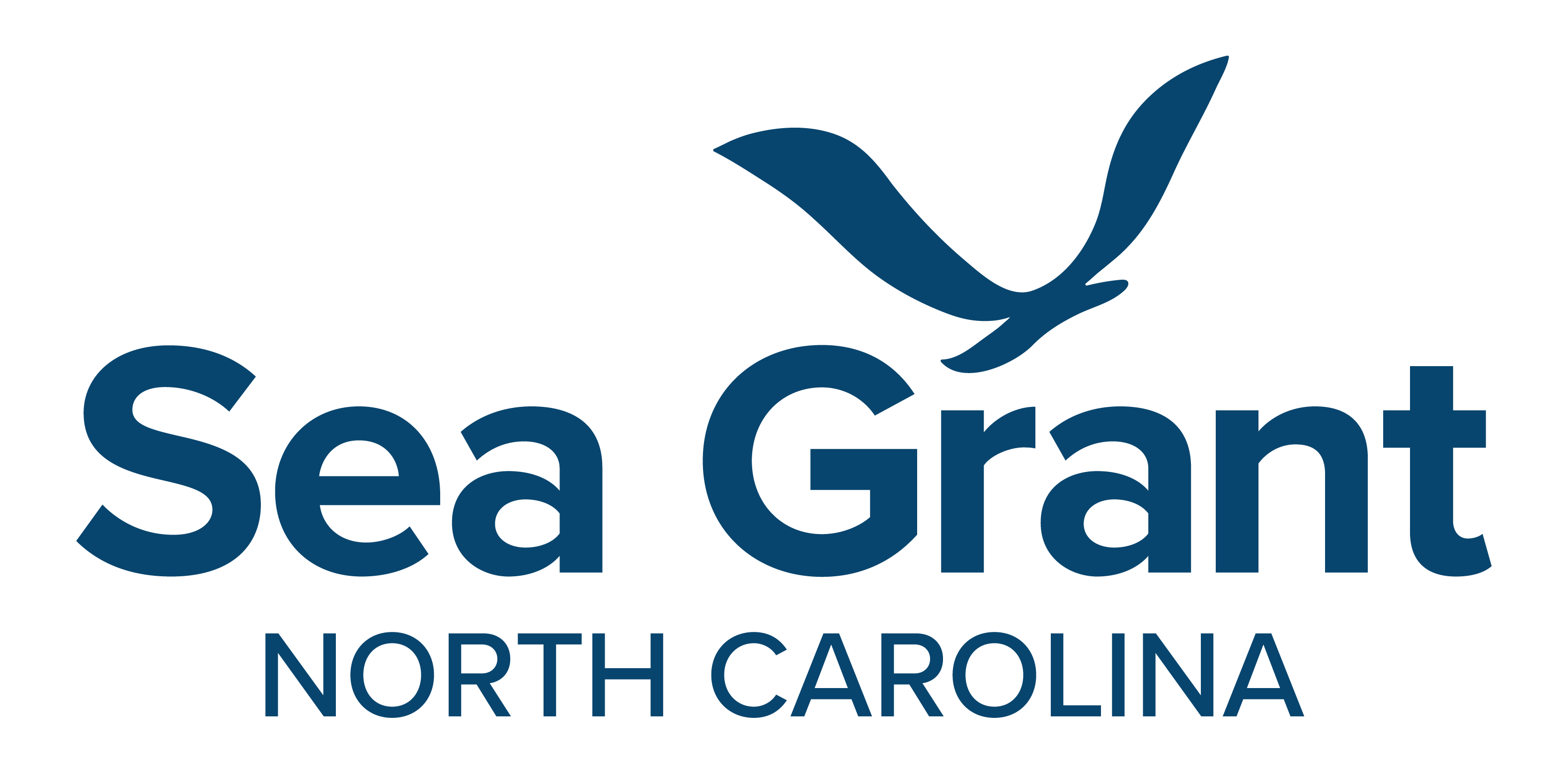Lesson 8: Habitat Requirements for Mariculture Species
Objectives
By the end of this lesson, students will be able to:
- Evaluate habitat characteristics most favorable to successful marine aquaculture ventures in land-based, nearshore and offshore environments.
- Explain the biotic and abiotic factors required for at least one mariculture species.
Overview
About half of the seafood eaten around the world is produced by aquaculture. The increase in global aquaculture production during the last half-century has been dramatic, expanding from fewer than 5 million metric tons (mmt) in the mid-1970s to 60 mmt in 2010. As aquaculture production rapidly increases, where should operations be sited?
Key to siting are the habitat requirements of the cultivated species. In this lesson, students will consider the biotic and abiotic factors that influence successful production of a mariculture species. Mariculture — another term for marine aquaculture — is the cultivation, or farming, of species that live in salt water.
Grade Level: 11-12
Duration: 2 class periods
Science Standards
- EEn.2.8.2
Critique the advantages and disadvantages of traditional agriculture/aquaculture techniques and compare with sustainable agriculture/aquaculture techniques. Include the economics and environmental impacts in this comparison. - EEn.2.8.3
Explain carrying capacity.
Infer limiting factors to human population growth.
Summarize the impacts of a growing population on the natural resources in North Carolina.
Vocabulary
abiotic: not involving or originating in living organisms; inorganic, abiogenic
anthropogenic: of or relating to the study of human origins or human development; originating in or caused by human activities
biological response: adaptation or change in response to changes in an organism’s environment
biotic: of or relating to living organisms; caused by living organisms
Activity
Materials
- Download the aquaculture production methods PowerPoint presentation.
- Download and print the mariculture business scenarios.
Student teams of two will receive a scenario (found at the end of this lesson) describing a North Carolina-based mariculture farm and its business goals. Based on their given scenarios, students will choose a specific site on which to locate the farm. They will also decide which species to produce, based on the species’ habitat needs and site conditions. Students will identify their site using GIS coordinates from Google Earth. They should use a class map of the N.C. coast to report out their findings by placing a pin, sticker or Post-It note that shows the location of their farm.
When choosing a species to produce, students should consider the following factors. Keep in mind some factors are not important to every species.
- Salinity and temperature
- Phytoplankton abundance and types
- Sediment types
- Water depth and velocities
- Water supply
- Production system
- Protection from severe storms, winter ice and boat wakes
- Water quality acceptable for harvest of product for human consumption
- Accessibility to business operations on land, including docks, processing facilities, etc.
- Accessibility to markets
- Other uses of public trust waters (e.g., navigation, fishing)
For example, an ideal site for oyster aquaculture must have sufficient tidal flow to move the oyster’s food source — phytoplankton — to the growing area. Where offshore finfish aquaculture is concerned, strong currents can damage moored pens. For a review of aquaculture production methods, teachers can share the PowerPoint presentation from Lesson 5.
Students can use the following resources to research ideal mariculture farm site conditions:
- Aquaculture Fact Sheets. 2019. Food and Agriculture Organization of the United Nations.
- Shellfish Sanitation Maps. 2019. North Carolina Division of Marine Fisheries.
- Click on the “Shellfish Sanitation Maps“ links at the center of the webpage. You can view a map of permanent shellfish harvest closures and an interactive map of temporary closures. Shellfish can only be harvested from approved (open) shellfish waters.
- Aquaculture in North Carolina: Inputs, Outputs, and Economics. North Carolina Department of Agriculture and Consumer Services.
Extension
Students will explain how the mariculture farm and site they selected are doing in the community 10 years later. Each student should take into consideration an opportunity or disturbance that has affected their aquaculture farm, such as:
- A hurricane
- Dense housing development built in view of the farm
- Tripling of the population of the nearest city
- Positive regulatory environment and community support for marine aquaculture
- Local seafood restaurants demanding more aquaculture products
- Disease outbreak in the aquaculture species being farmed
References
- Ferreira, J.G., Hawkins, J.S., and S.B. Bricker. 2007. Management of productivity, environmental effects and profitability of shellfish aquaculture- the Farm Aquaculture Resource Management (FARM) model. Aquaculture 264: 160-174.
- Hosack, G.R., Dumbauld, B.R., Ruesink, J.L., and D.A. Armstrong. 2006. Habitat associations of estuarine species: comparisons of intertidal mudflat, seagrass (Zostera marina) and oyster (Crassostrea gigas) habitats. Estuaries and Coasts 29 (6): 1150-1160.
- Nelson, K.A., Leonard, L.A., Posey, H., Alphin, T.D., and M.A. Mallin. 2004. Using transplanted oyster (Crassostrea virginica) beds to improve water quality in small tidal creeks: a pilot study. J. Exp. Mar. Biol. Ecol. 298 (2): 347-368.
- Peterson, B.J. and K.L. Heck, Jr. 2001. Positive interactions between suspension-feeding bivalves and seagrass – a facultative mutualism. Mar. Ecol. Pro. Ser. 213: 143-155.
